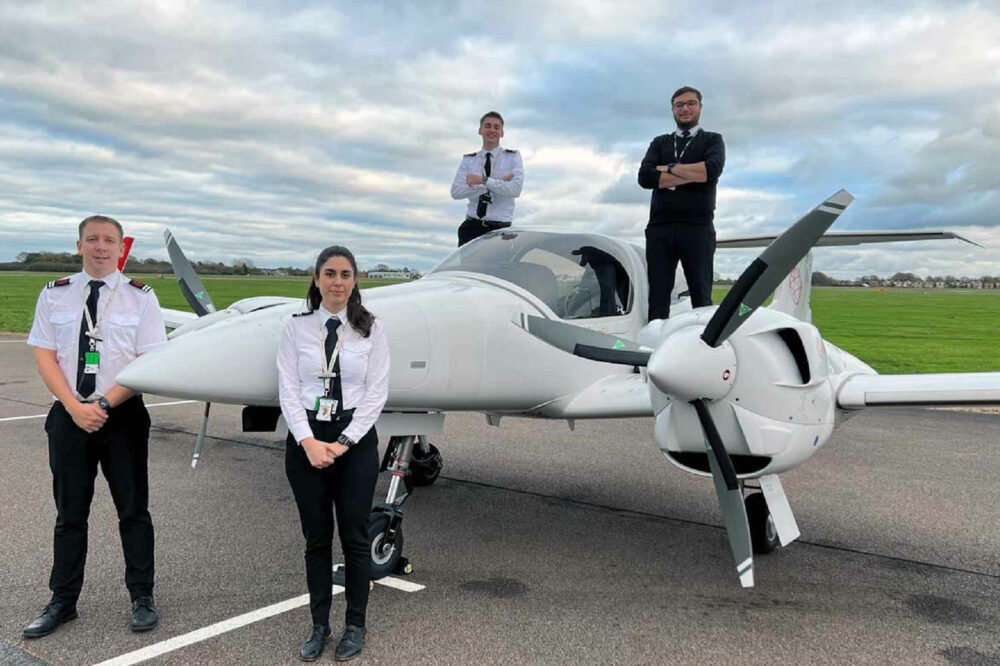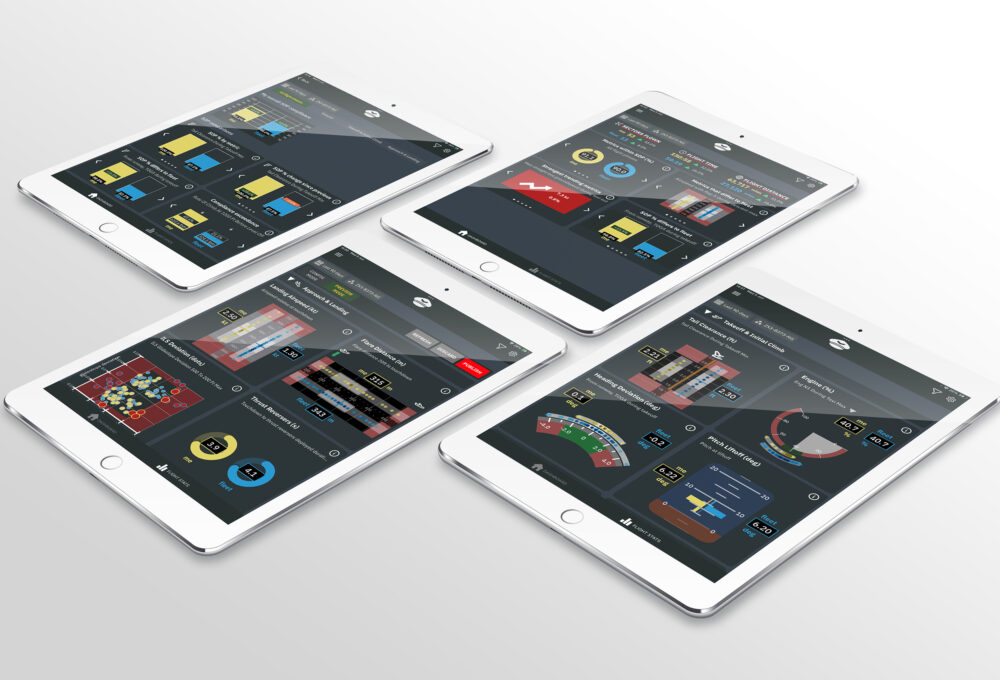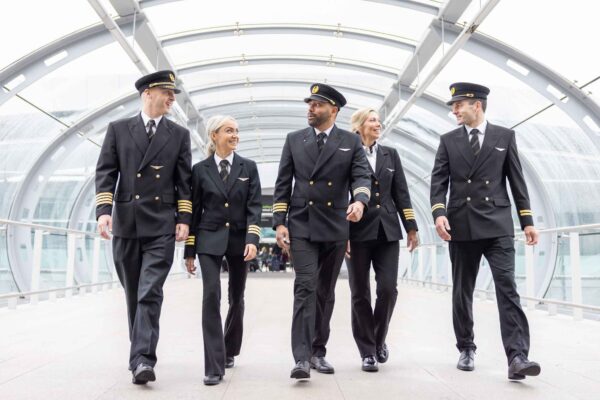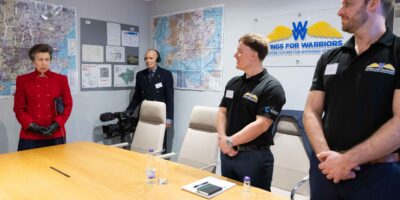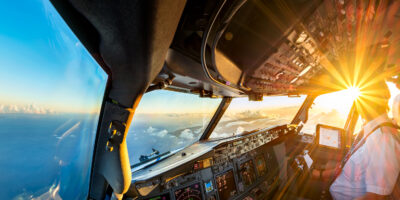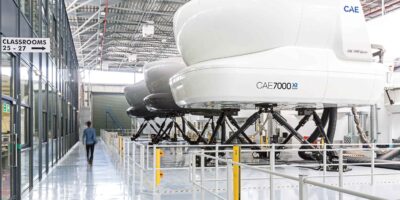PilotApp replays flying lessons on the ground
L3 Harris recently launched its PilotApp, which can be used on smartphones or tablets. Using data collected from ‘hundreds of thousands of data points a day’, PilotApp allows users to compare flights to others within, say, an airline or, useful to student pilots, within their cohort.
“You can see how you are performing against the rest of a fleet of airline pilots or, the application that we’ve used in the academy is against a cohort of students,” said Mr Coward. “If we’re working with an airline partner, how do those students compare to different students as part of that programme?
Flight data monitoring
“One of the things that we introduced, two years ago, was to put flight data monitoring into our aircraft. When the aircraft lands and we power down the avionics, through a wireless transfer, it squirts the data back to our data servers.
“That’s all analysed. Then it comes back through our safety team, to be replayed on any PC or iPad – or anything like that.
“It’s phenomenal. I mean, it’s amazing when you see the students interacting with the instructors around this data, the richness of the conversations that they have, it’s incredible. It’s those learning points that in the heat of the cockpit, it’s just not always possible to be able to reflect on.
“Later, in a more relaxed environment you look at everything that led up to it because it will never be one thing. It will be a combination of events that may be internal or external – weather related. You can start to track back to say: ‘This, this is what happened. This is where we started going wrong. And this is how we should have reacted.'”
L3 Harris Airline Academy


